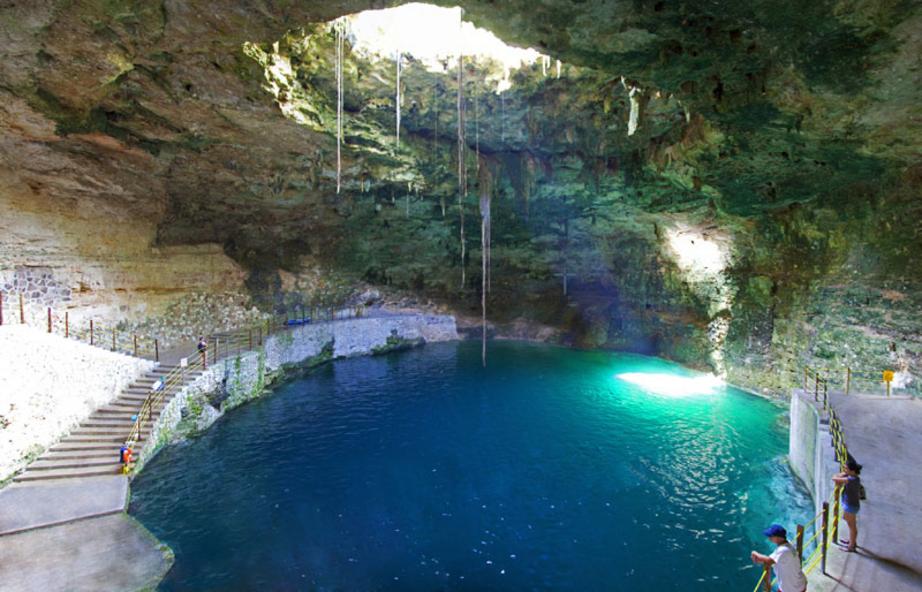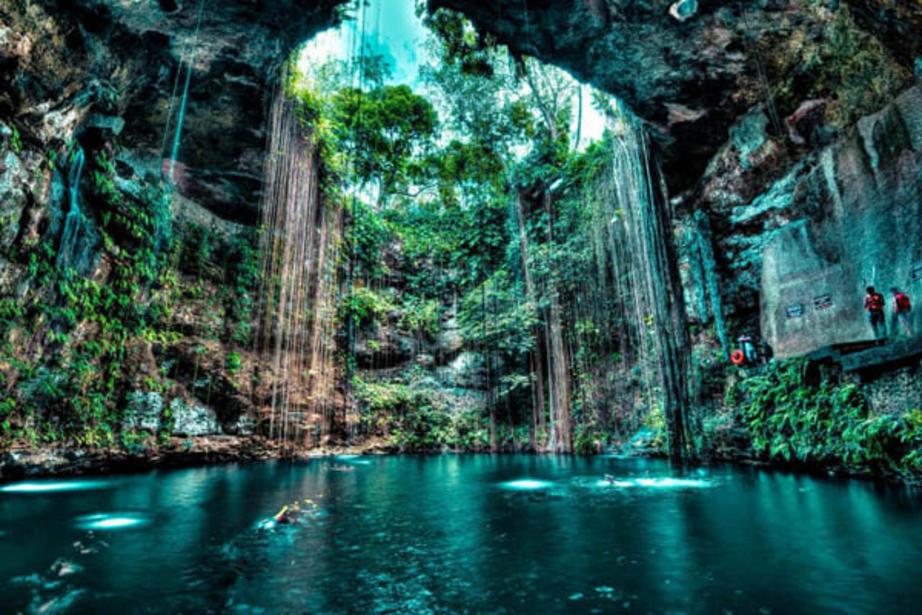The amazing ancient cenote ritual pools of The Maya of Mexico
A cenote is a natural pit or sinkhole resulting from the collapse of limestone bedrock that exposes ground water underneath.
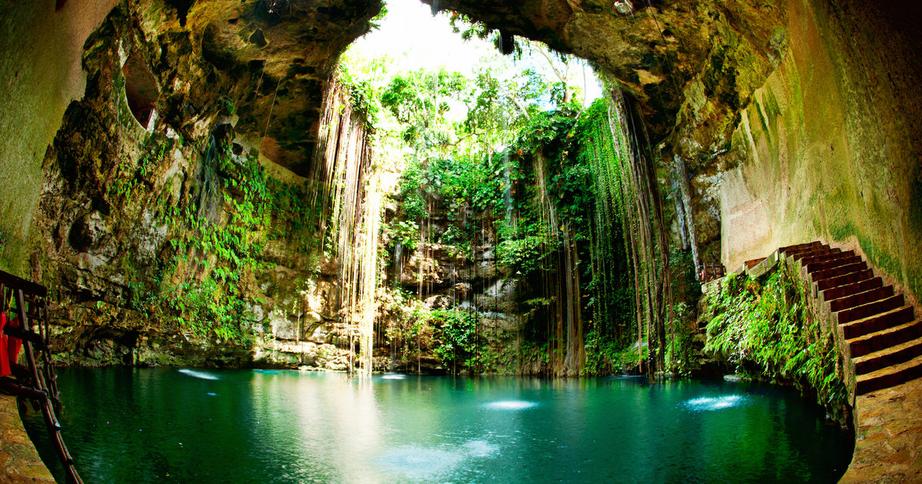
In the Yucatan Maya area of Mexico they were often used to make sacrificial offerings of different kinds. The name comes from the Native Mayan word or term ts’onot which refers to any place that has accessible ground water.
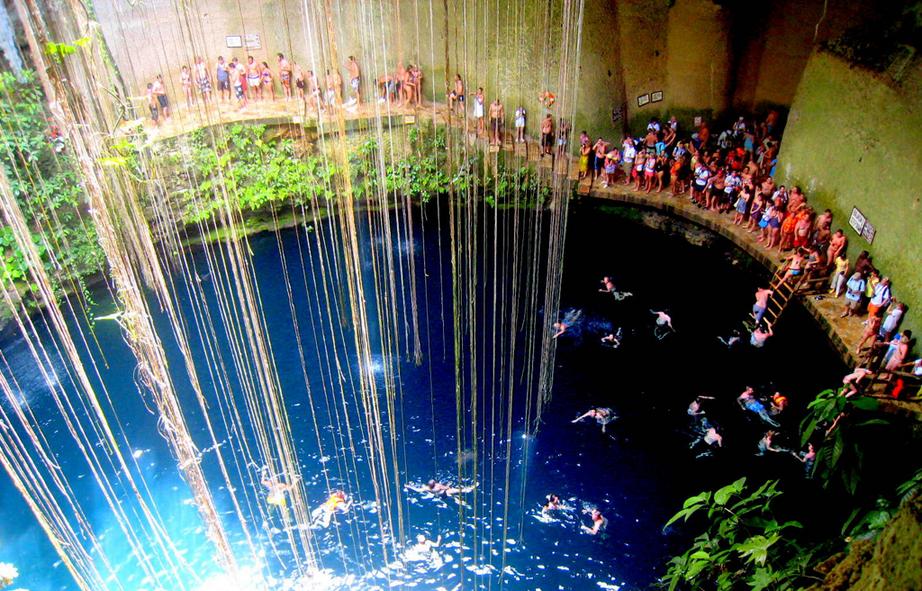
In the Yucatan area there are at least 6,000 cenote, and the water is often crystal clear as their source is rainwater that slowly percolates through the limestone, removing any particulates. The Yucatan area has very few rivers and lakes, and they tend to be marshy; thus, cenote were vital as water supplies for the Mayan people.
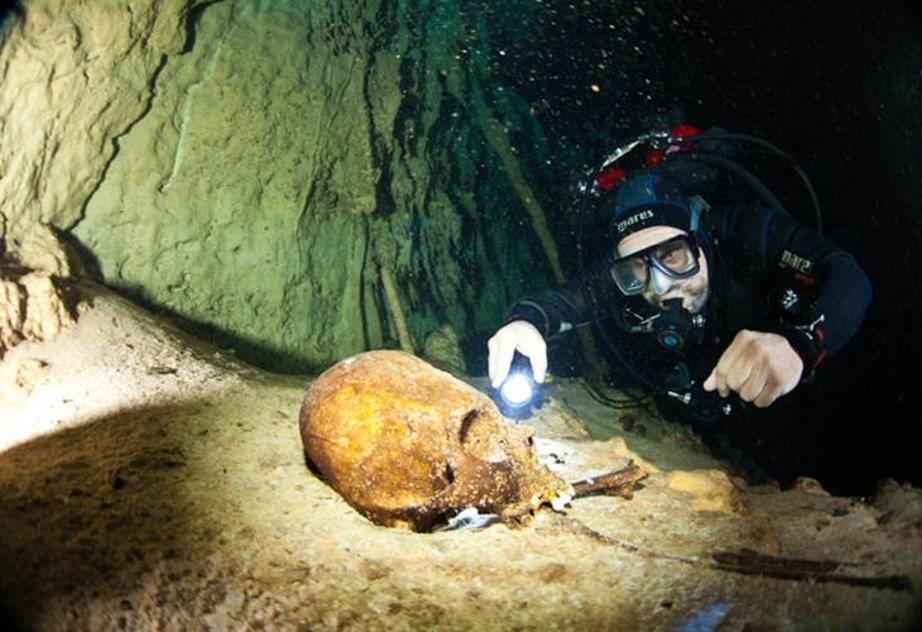
Human skeletons have been found in cenote, such as the elongated skull above which would appear to have been someone of Mayan nobility. One skeleton was amazingly radiocarbon dated as being 13,600 years old. Gold, ceremonial objects and human skeletons were found in the early 20th century, leading some to believe that the Maya had made these as offerings to their rain and water god Chaac, known as Tlaloc to the later Aztec.
